For the uninitiated, gin may seem like nothing more than juniper-flavored vodka. However, it’s a strictly defined spirit with a unique flavor profile that almost has nothing to do with the Eastern European icon.
In fact, gin may be older than the Eastern European icon (history is a little fuzzy here), and it definitely developed independently.
Even if you like to drink gin frequently, you may only be familiar with your favorite brand or bottle. Not many understand how it’s made or know much about the other types on the market. We wouldn’t blame you for that either, as most people have specific preferences.
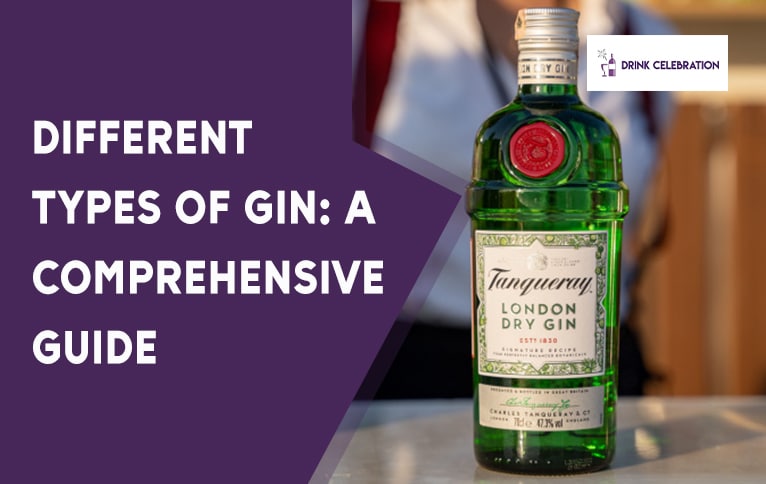
That being said, knowing the different types of gin can help you find something that suits your taste buds even more than your current drink of choice. And if you’re not a gin fan in the first place, maybe you haven’t tried the right one yet!
History of Gin
Gin had a few predecessors in the Dutch-speaking world (The Netherlands and Belgium) before the 17th century.
It was a bitter and sharp tonic made from makeshift ingredients like malt wine and juniper berries. It was used as medicine in some parts, while it was a luxury of clergymen in others.
In the 17th century, gin, called jenever locally, was formalized through methods often credited to the scientist Franciscus Sylvius. It quickly gained popularity, especially among the English soldiers, who shortened the word jenever to “gin.”
Those soldiers loved the drink enough to take it back to England, starting a period known as the gin craze. Gin gained massive popularity in Britain, especially among the working classes.
By the 19th century, early gin types (like London gin) had developed and gained international acclaim as they were more palatable than the original jenever.
How Gin Is Made
Before we get into the types, let’s see how gin is produced.
Fermentation
First, you need to make a mash out of your basic ingredients that will eventually turn into a highly concentrated and neutral grain spirit with about 95% ABV.
To make this base, you can get ingredients with natural sugars, like grains (wheat or barley are popular), potatoes, sugar cane, sugar beets, or grapes. Next, you mash them until there are no noticeably solid bits of the original ingredient and ferment them.
Gin makers typically ferment their bases for one or two weeks.
Distillation
The fermented grain mash base is then distilled in a pot still (traditional) or column still (modern) until it produces a clear spirit with no distinctive character that’s somewhat similar to vodka, especially before dilution.
This highly concentrated spirit should have a very high alcohol content of around 95%. During this distillation process, it’s time to prepare the flavoring ingredients.
Re-Distillation
At this stage, you need to prepare a blend of juniper berries, herbs, and botanicals to throw into the colorless concentrated spirit.
Apart from juniper berry (the main ingredient), some of the most common additives you’ll need are anise, angelica root, sour orange or lemon peel, orris root, coriander, frankincense, cardamom, nutmeg, coriander, and licorice root. And if you’re feeling fancy, you can throw in some saffron, too.
This isn’t an exhaustive list of all the ingredients you can use. It’s up to the distillery, and it usually depends on availability.
Once you’ve gathered the ingredients, it’s time to distill them with the clear spirit.
If you’re using a pot still, you’d throw the juniper berries and other ingredients into the liquid. However, with column stills, you should put the ingredients in a basket. Hang it at the top of the still so that the alcohol vapor extracts all the flavors before it condenses.
Distillers also often dilute their gins at this stage. However, instead of doing it all at once, they’ll typically dilute it to decrease its ABV by 10% every few days until they reach the desired alcohol content.
Infusion (Optional)
Some distilleries add extra flavors to their gins by infusing them with certain ingredients after the distillation process.
For example, if you want a more earthy flavor, you can infuse them with turnips or parsnips. Want more fruity notes? Infuse with apples, pears, or peaches.
All you need for this stage is your creativity.
Different Types of Gin
- London Dry Gin
- Old Tom Gin
- Plymouth Gin
- Genever
- Sloe Gin
- Contemporary Gin
- Navy Strength Gin
1. London Dry Gin
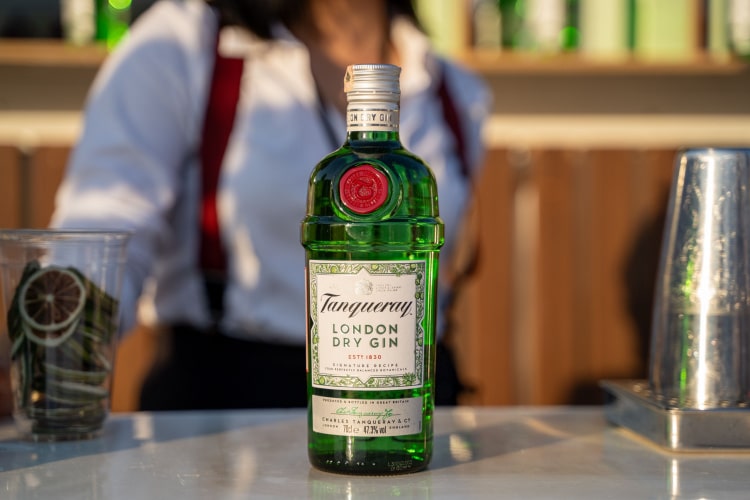
London dry gin is likely the most popular type of gin available today. When most people think of the spirit or its cocktails, they imagine London dry gin.
The story goes back to the early 19th century when column stills were becoming trendy in favor of the more traditional pot stills. This allowed distillers to produce a new, purer form of the already-popular spirit that they called London dry gin.
Note that London dry gin doesn’t actually have to be made in London as long as you follow the correct method.
As for the flavor, London dry gin is all about the strong presence of juniper berries with no additives or sweeteners that could mask the taste. You’ll find many places with strict laws harboring the production of London dry gins to ensure that it remains consistent.
2. Old Tom Gin
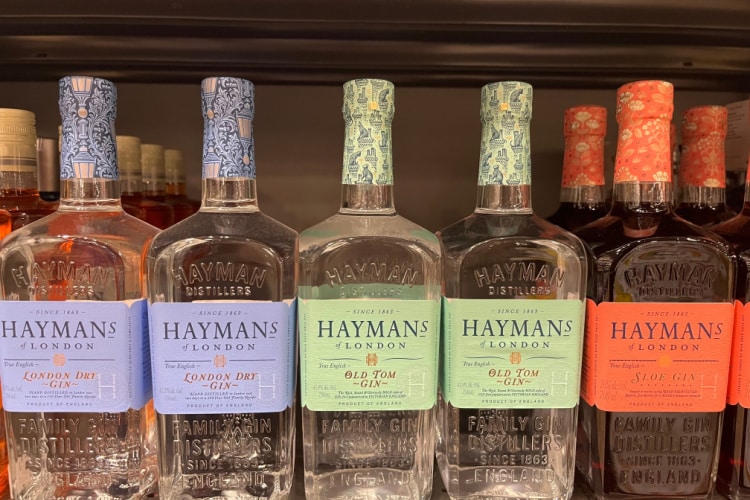
Old Tom gin is one of the oldest types we know of, having originated amid the gin craze of Britain in the 18th century.
Unlike London dry gin, the Old Tom gin is made in the more traditional pot stills and relies heavily on sugar to produce a sweet spirit. This makes it a lot more approachable for people who aren’t used to hard liquor.
The sweetness isn’t too overwhelming either, so even if you prefer your drinks dry, you can enjoy an Old Tom gin now and then. If not neat, then perhaps in an iconic cocktail like the Tom Collins.
3. Plymouth Gin
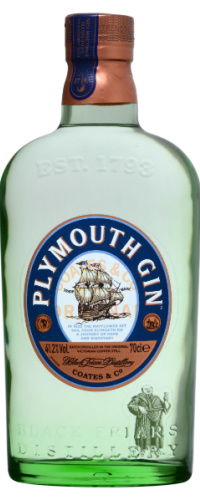
If you want something that’s close to London dry gin but without the juniper-forward style, then Plymouth gin might do it for you. It has a more neutral character while remaining a familiar juniper spirit.
Unlike London dry gin, though, whose name only refers to its city of origin, Plymouth gin is unequivocally tied to the city of Plymouth, Devon. Not only did it originate there in the late 18th century, but it’s only ever been made there to this day, and only in the Plymouth gin distillery (also known as the Black Friars distillery).
When it comes to flavor, Plymouth gin is an explosion of earthy and herbal notes that you’ll feel in every sip. That’s because the botanical basket in distillation should be full of all these lovely herbs but in larger quantities than other gin types.
4. Genever
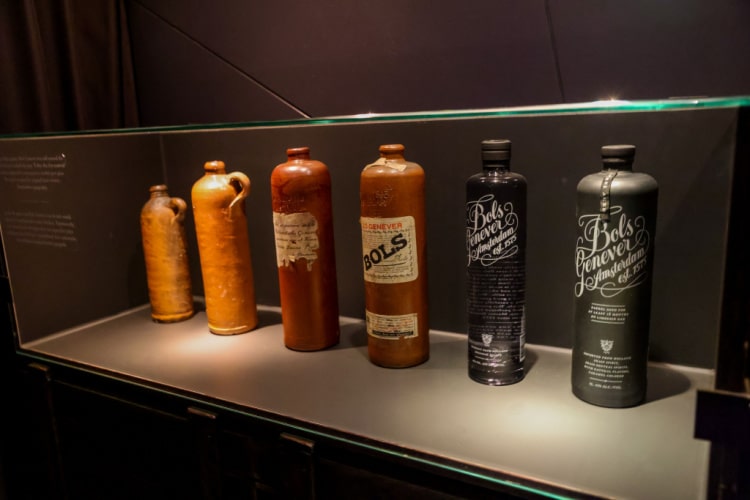
Genever is the original type of gin, often seen as the spiritual parent to all the types that came after it. Although its name is mentioned as early as the 13th century (as jenever), it was only formalized in writing in the 17th century.
Genever is actually considered the national drink of the low countries of Belgium and the Netherlands, where it’s still a popular and enjoyable cultural icon.
Traditionally, people drink it either at room temperature in a tulip glass or right out of the freezer in a shot glass. Either way, the glass should be filled to the top so that you need to drink the first sip without lifting it.
As for the taste, genever feels much more malty than other types like London dry gins, and it often has a much richer aroma full of botanical sweetness. There are even aged varieties that develop smoky flavors with notes of caramel.
5. Sloe Gin
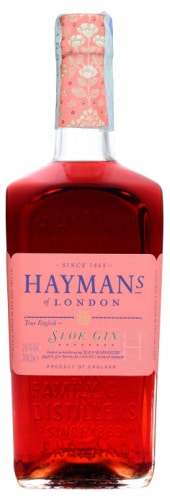
Sloe gin is a fruity and more palatable type that’s made by infusing regular gin with fresh sloe berries after taking the thorns out. For those who aren’t familiar, sloe are tiny, berry-shaped, plum-like fruits.
During the infusion, the gin absorbs the rich flavor of sloe, which includes a lot of fruity sweetness and some tart notes. The result is a red liqueur that’s perfect to drink neat, on the rocks, or in a creative cocktail like a negroni.
Sloe gin is a traditionally British variant, and if you live somewhere without sloes, some manufacturers may swap them for plums or other related fruits.
6. Contemporary Gin
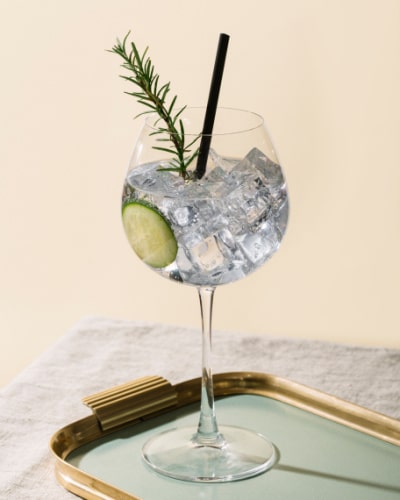
Contemporary, also known as New Western dry gin, is a type made for people who prefer a less juniper-forward style of gin and more focus on the herbs and botanicals involved in the distillation process.
It’s not a million miles off Plymouth gin. However, instead of using traditional botanicals, it uses funky ones like cucumbers, seaweed, lavender, grapefruit, olives, or pecans.
New Western dry gin is a bold attempt at pushing the limits of gin production to make something that might appeal to a niche audience. Some might even classify it as another drink entirely, but it retains the juniper profile of regular gins.
7. Navy Strength Gin

As with other navy strength drinks, the name refers to spirits with a high alcohol content that were historically rationed to British navy officers. In the case of gin, this means a strong drink with at least 57% ABV.
Navy strength gin retains the prominent features of other types like Plymouth gin, but it carries a much stronger punch that makes it more suitable in large cocktails. Definitely not recommended neat unless you seriously know what you’re doing!
Conclusion
That’s everything from us on the different types of gin and a touch of history and information on the delicate production process!
London dry gin is probably the most popular style in most places, but you could also try out different ones to see if they suit your style more. You could also switch between different types depending on the occasion or mood.
And if you’re feeling bold, why not grab your favorite gin type and infuse it with your preferred fruits or herbs to create a more flavorful drink?